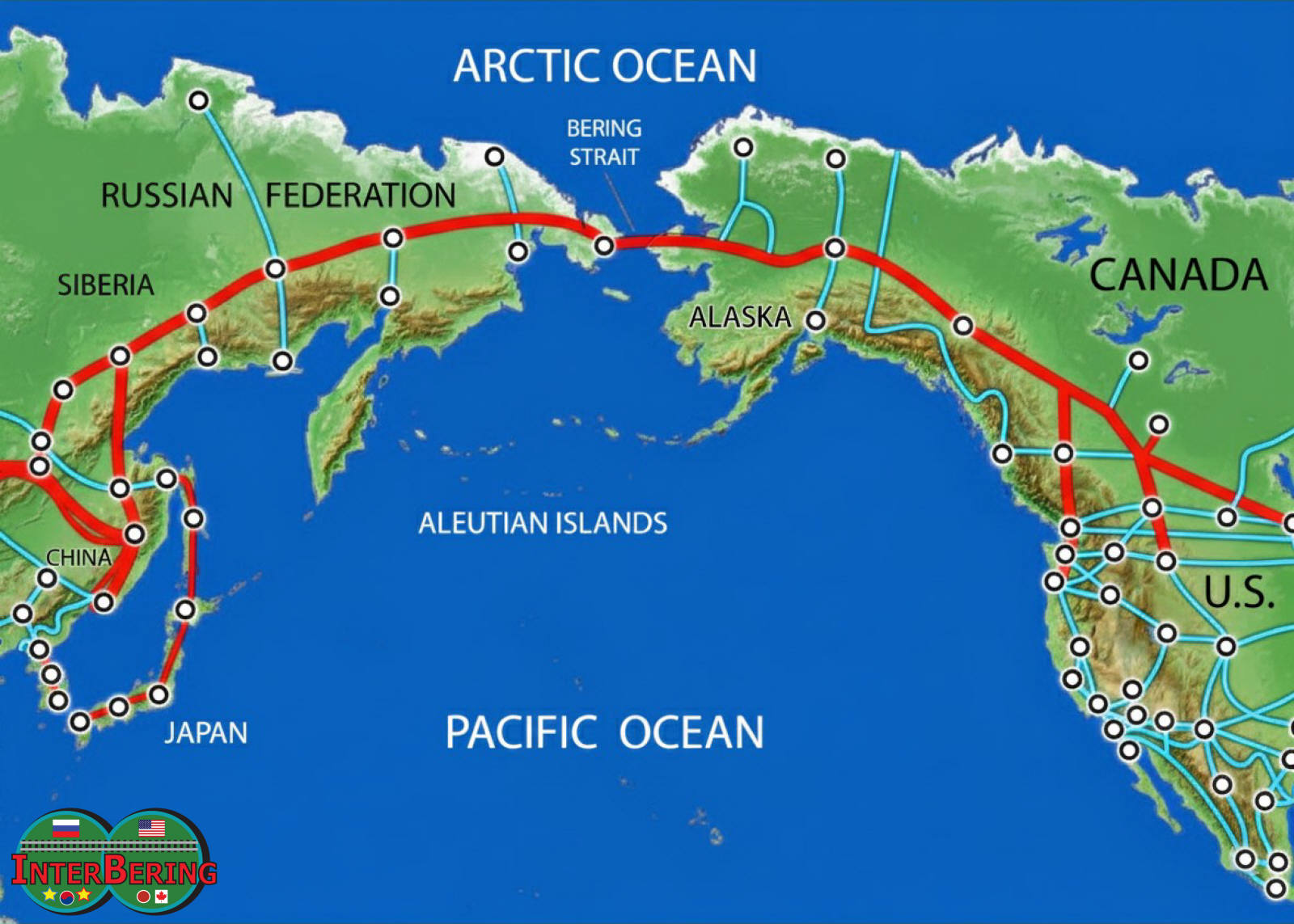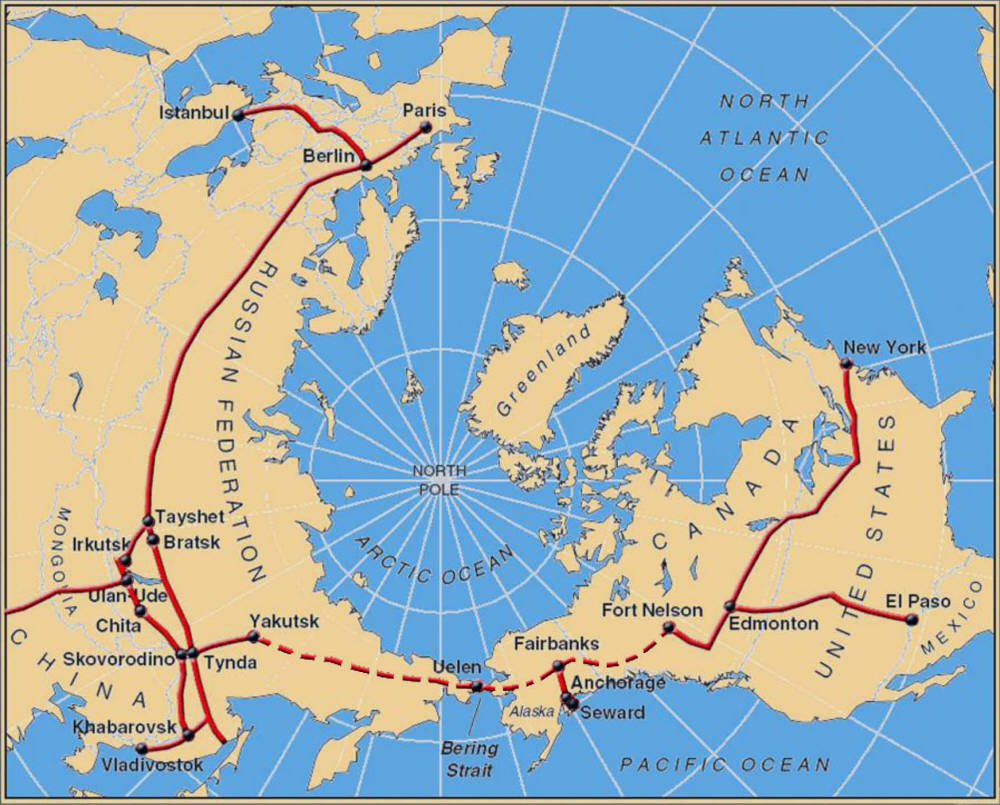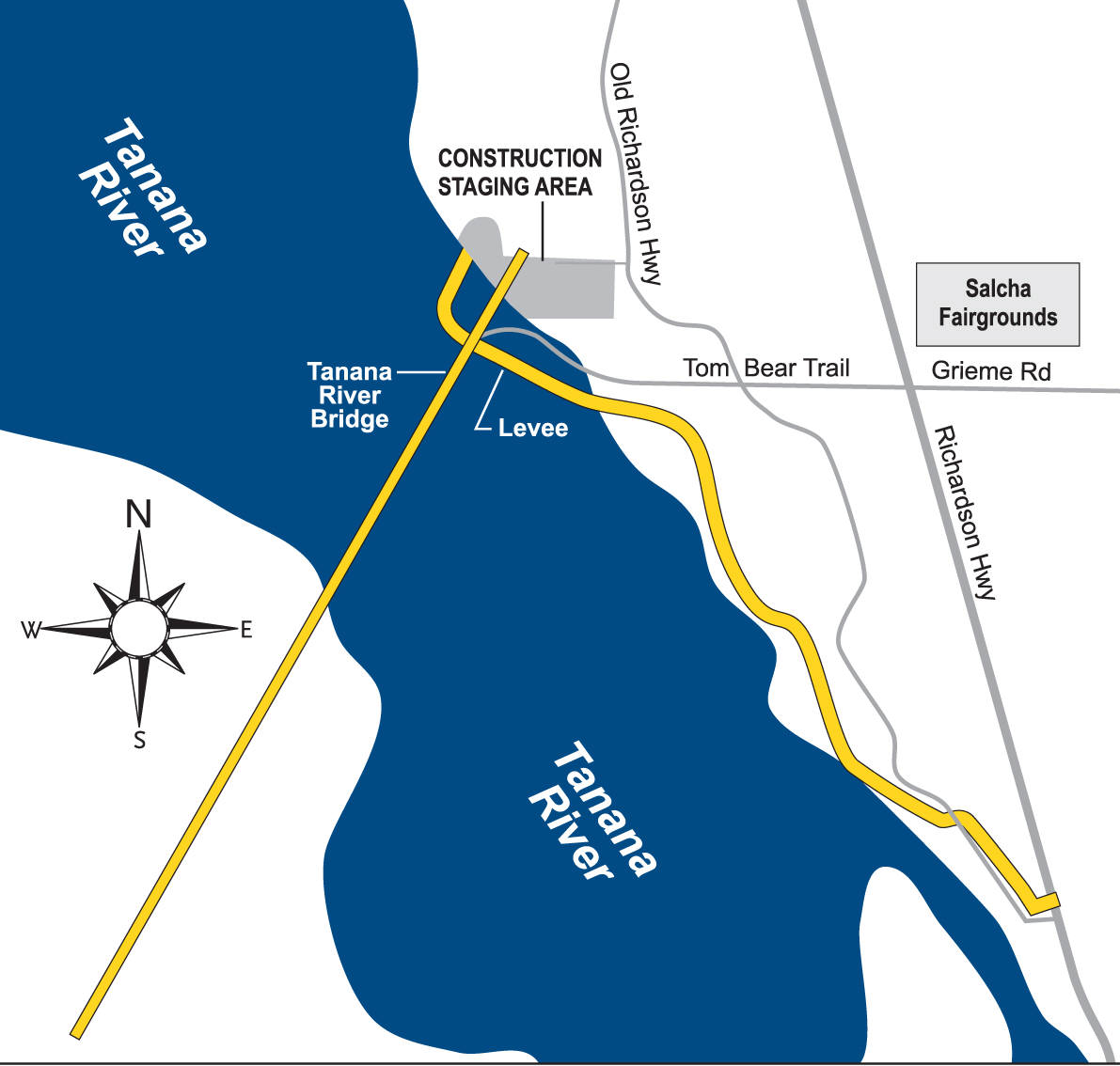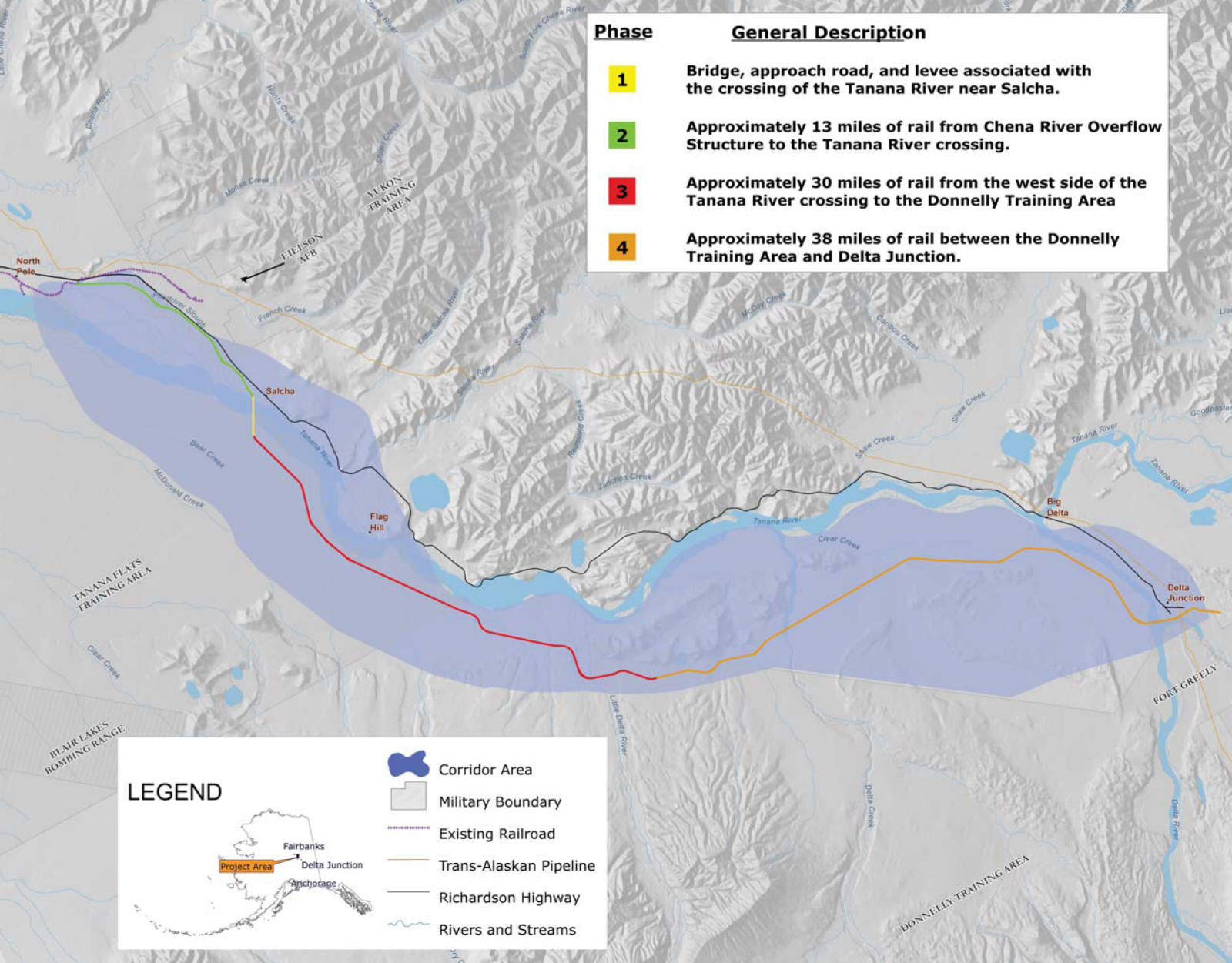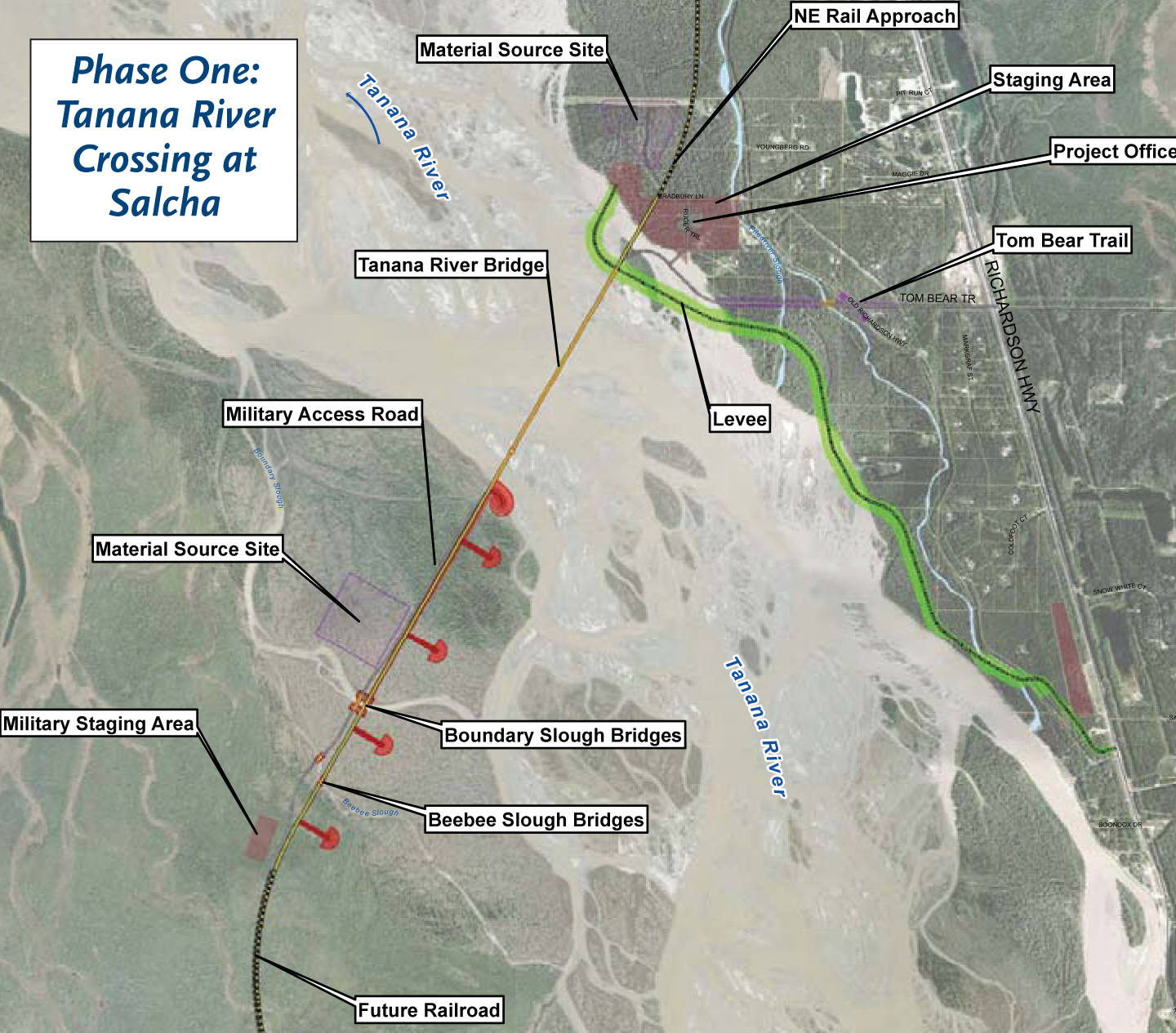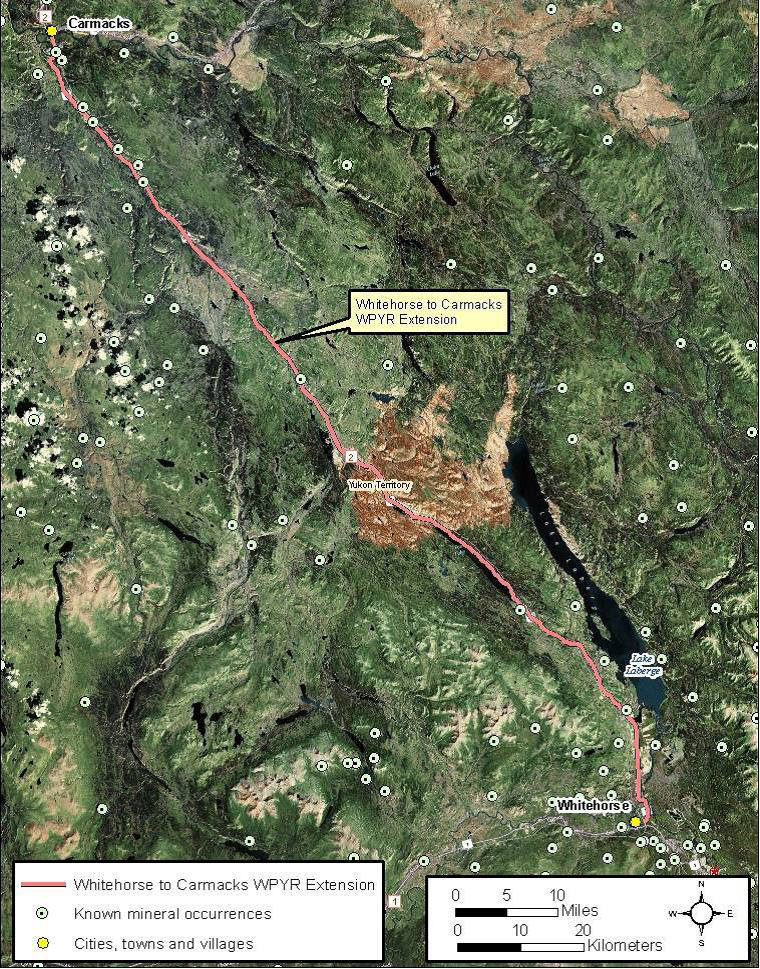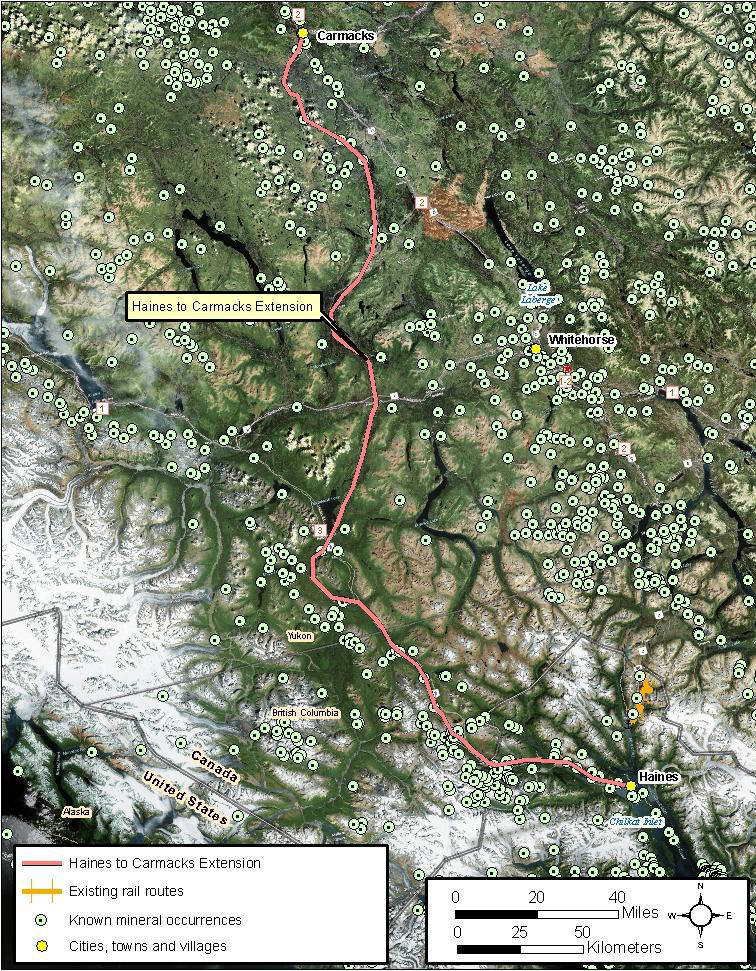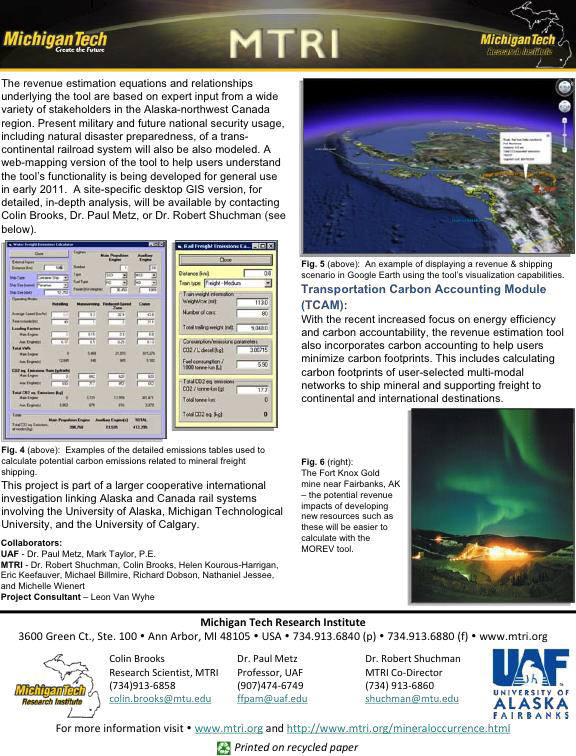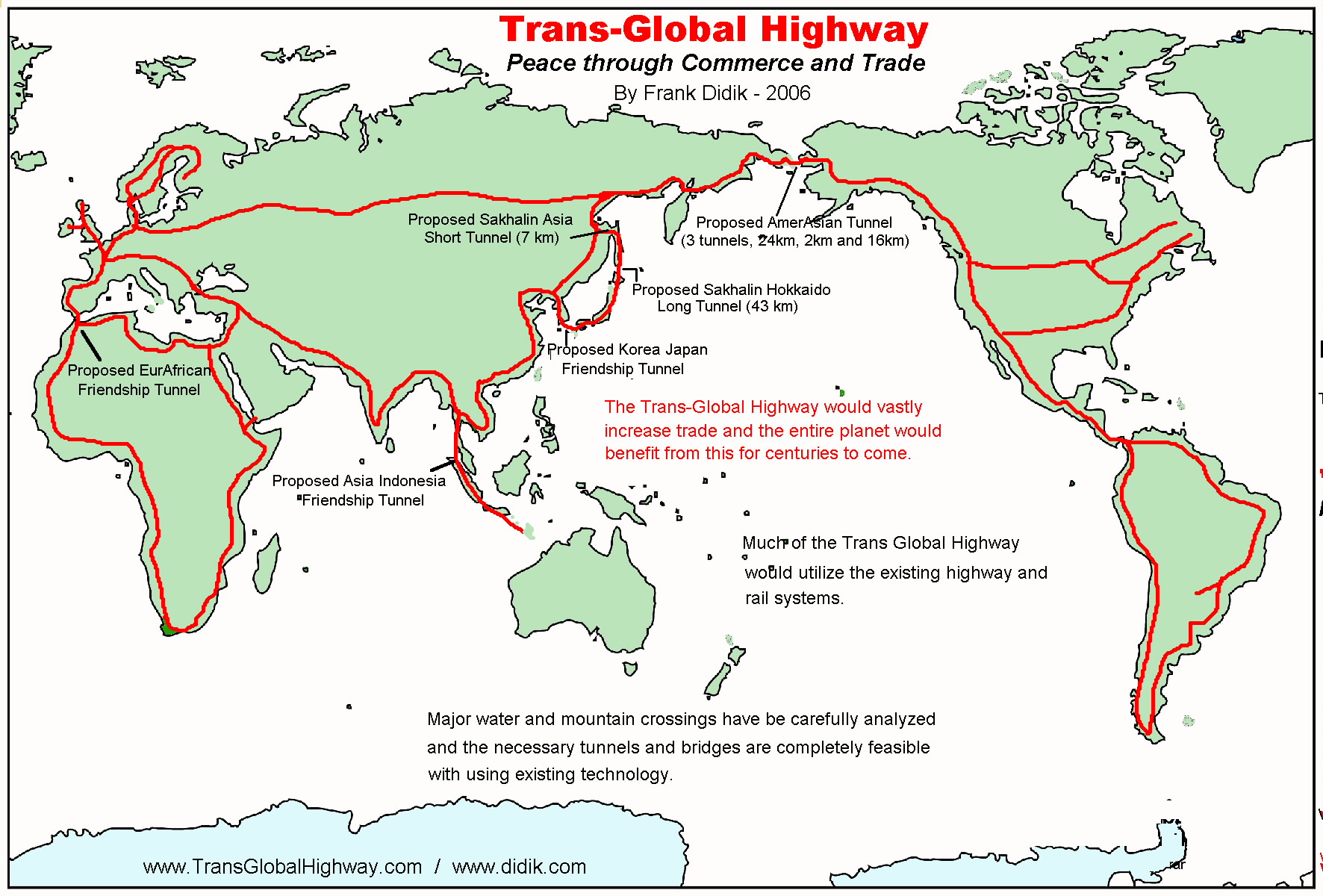Date: November 2, 2025
Source: InterBering LLC, 2025
This analytical policy paper outlines a proposed tri–national system of border and customs control for the future Bering Strait Tunnel, linking China, Russia, and the United States. The concept examines legal, climatic, and infrastructural requirements for establishing paired preclearance depots in Harbin (China) and Anchorage / Port MacKenzie (Alaska), modeled after the Channel Tunnel’s juxtaposed control regime between France and the UK.


 Russian
Russian

